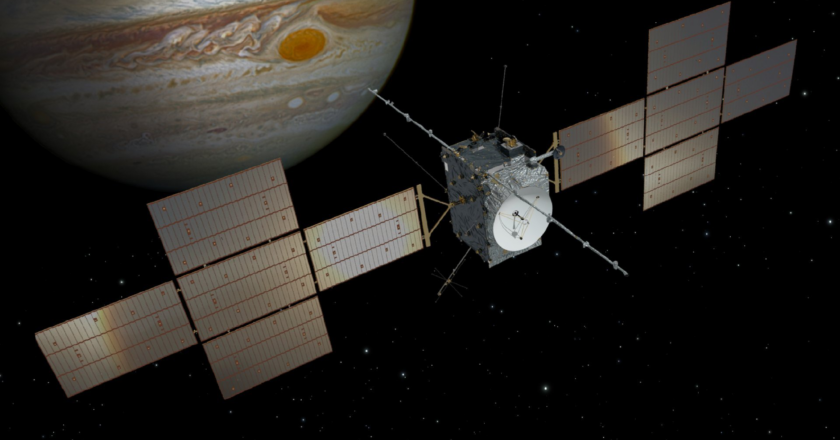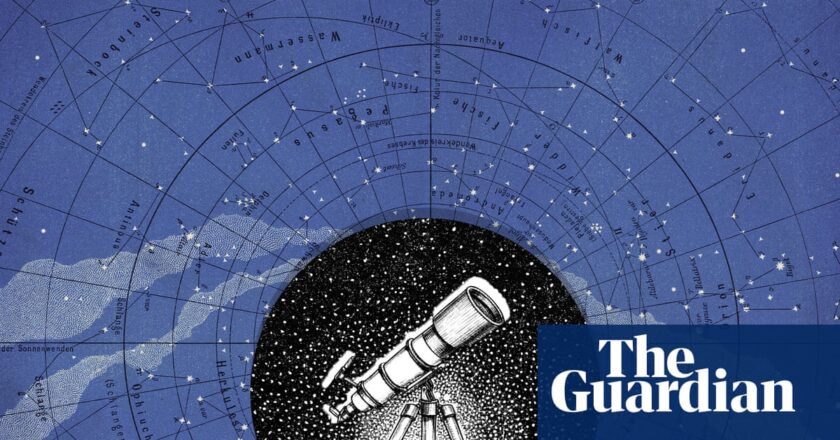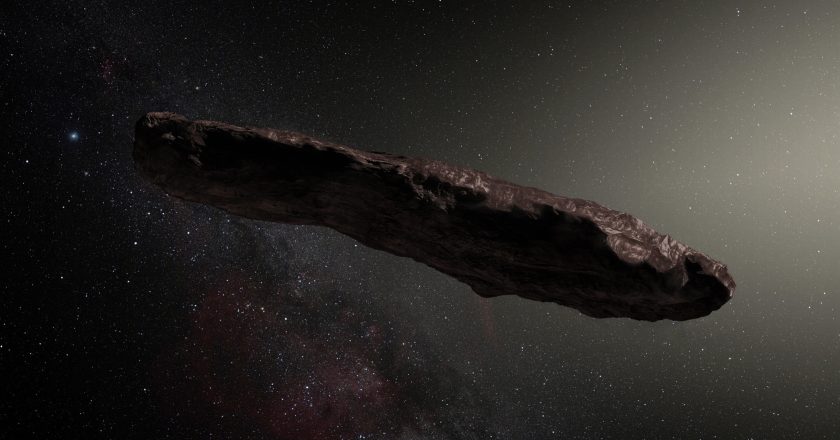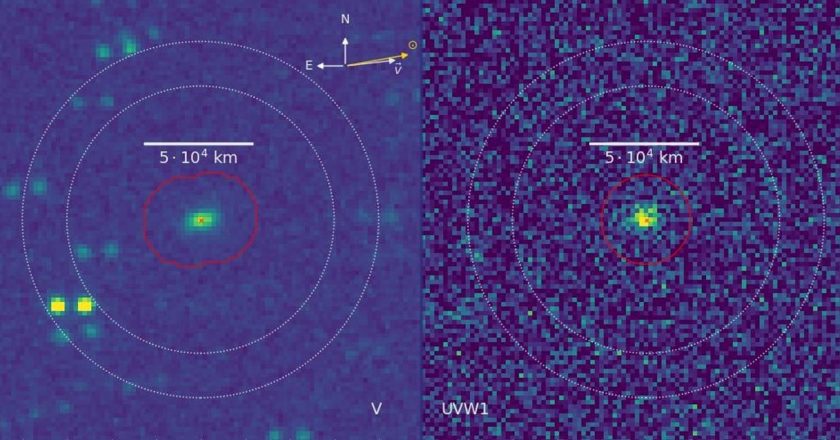The ESA Restores Communications with JUICE at Venus
The ESA's JUpiter Icy Moons Explorer (JUICE) is on its way to conduct detailed studies of Jupiter and its three icy moons, Ganymede, Callisto, and Europa. To pick up speed and reach Jupiter by July 2031, the probe will conduct a gravity-assist maneuver with Venus on Sunday, August 31st. According to the ESA, the mission suffered an anomaly with its communications system, which temporarily severed its connection with Earth. Fortunately, a coordinated response by teams at the ESA's European Space Operations Centre (ESOC) and Airbus (JUICE's manufacturer) restored communications in time for the probe's flyby.
The anomaly occurred when a ground-based antenna in the ESA's Deep Space Network failed to establish contact on July 16th. A quick diagnostic determined that the issue was not ...




